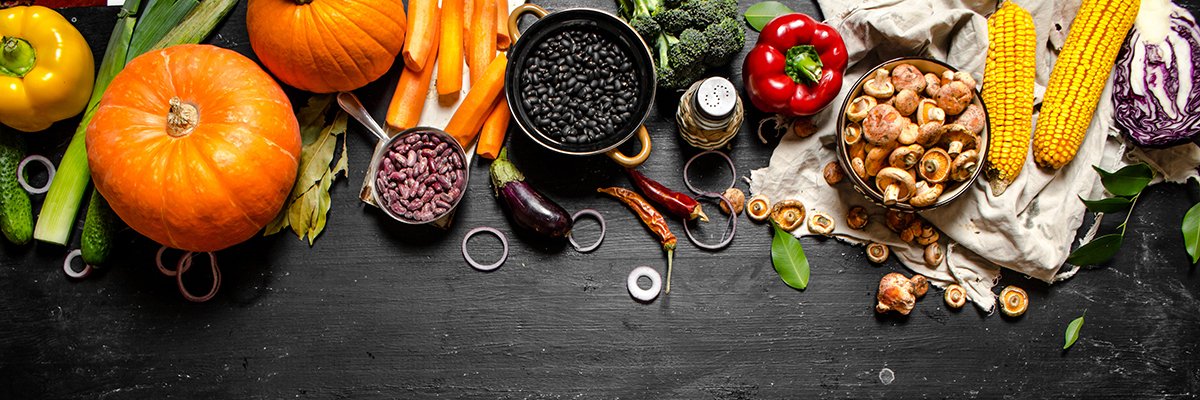Morrisons, the UK’s fourth largest grocer, has joined the subscription movement sweeping across retail by launching a new weekly, fortnightly and monthly food box service.
The move is an extension of the supermarket chain’s food box channel which launched in March as the Covid-19 crisis took hold.
The supermarket said offering the subscription service and box in general will help those most in need during the pandemic, along with those sheltering at home or who would rather not visit a store. But it also taps into an increasingly popular consumer trend.
Research from Barclaycard, published in August, showed the UK’s growing subscription economy is worth £323m annually. It found 65% of UK homes are signed up to regular subscription services, with an average of seven contracts per household – and they range from entertainment platforms such as Netflix to snacks and treats like Graze.
Some 22% of UK retailers developed a subscription service or product during lockdown, and 28% said they already offered these services. The survey questioned 400 senior decision makers in the retail industry.
In the case of Morrisons, a facility within its Wakefield campus has been set aside for the food boxes, utilising hundreds of staff to curate and pack the parcels, which are then distributed via its network of third-party logistics providers. Those signing up for subscriptions, as opposed to purchasing one-off boxes, receive a 5% discount.
David Potts, CEO of Morrisons, says the service is fundamentally about getting people “essentials” in the pandemic. “In the spring, these boxes were in high demand, but it remains to be seen if it repeats,” he says. “Box channel’s success, like anything in retail, is in the hands of consumers.”
Potts says that demand for essentials has ramped up in recent weeks, as the UK government retightened coronavirus restrictions across the British Isles.
He also suggests the food box channel serves another function, allowing Morrisons to curate items for special events. The model proved successful around VE Day in the summer, but boxes are also being prepared for festivals such as Diwali and Christmas.
Despite securing delivery partnership extensions with Amazon and Deliveroo in recent months, the Morrisons subscription service and food box channel is facilitated by its own staff, technology and distribution facilities.
“The idea of disparate channels being served by cloud-driven technology and our ordering system is not unfamiliar to us,” Potts says. “There will be efficiencies over time, but we need to see if the channel scales and if we can get the events right.”
Subscription surge
Barclaycard’s retail research was published alongside separate consumer data that showed that, individually, Britons spend an average of £46 per month on subscriptions – equating to £552 per year.
According to the study, consumer spending on digital and subscription services increased consistently throughout each month between January and July 2020, jumping by 39.4% year on year (YoY) in July. Some 82% of retailers felt the rise in popularity of subscriptions in the lockdown was because shoppers wanted safe and convenient ways to buy items.
Dairy products conglomerate Müller’s subscription delivery service, Milk and More, reported at one point during the pandemic that it fulfilled 1.3 million orders a week, and sales tripled YoY.
Giving further evidence that consumers are increasingly comfortable with subscriptions, Milk and More signed up more customers in the first eight months of 2020 than it did in the entirety of 2019. Some 85,000 new online customers arrived between January and the end of August, with 33,000 joining within a fortnight at the end of March/start of April.
Since the Barclaycard research was published, lunch food chain Pret A Manger has also joined the subscription movement as part of some significant structural changes undertaken by the business in response to Covid-19 stemming its revenue.
The YourPret Barista initiative entitles those who sign up to a maximum of five coffees or teas a day for a flat £20 a month fee. It auto-renews unless cancelled, and users must only take one hot drink at a time and wait at least 30 minutes between each redemption.
It is designed to prompt recurring Pret visits and will provide the company with an extra customer marketing opportunity, as it shifts to a more digital model with fewer sandwich shops. The system is built with marketing technology company Eagle Eye Solutions’ AIR platform, and integrates with the retailer’s Oracle Micros Simphony point-of-sale system.
When announcing the launch of the subscriptions service, Pret CEO Pano Christou called it “the first step in our plan to bring Pret to more people”.
“We now have the building blocks to establish Pret as a multichannel, digitally led business, and YourPret Barista is the first big launch we’re able to deliver through our new technology platform,” he says, hinting at more innovation to come.
Two other big players developing their own subscription models are Tesco, with its Clubcard Plus loyalty programme launch in 2019, and Hotel Chocolat. Direct-to-consumer platforms are cropping up regularly, including baby wipes subscription company Pura, which launched earlier in 2020 and operates with a mission to bring more environmentally friendly products to market.
Tech-led subscriptions
Second on the list of most popular subscription services in the UK, according to the Barclaycard research, is food and meal kits.
Gousto is a seasoned operator in this space, having been offering meal ingredients via a subscription model since 2012. It has had a positive 2020, with sales up by 70% YoY in the first quarter, while revenue in the first half of its financial year surpassed what it generated in 2019.
Shaun Pearce, Gousto’s chief technology officer (CTO), warns retailers developing subscription models for the first time that success is not a given, despite their evident popularity among consumers.
“Over the years, we have seen companies come into the space and we have seen them leave,” he says. “We believe to do this right is quite a complex problem to solve, and we’ve spent the past eight years solving this problem, building a tech platform to allow us get that choice and convenience.”
On potential competition entering the subscription market, Pearce adds: “For those coming into the industry, it’s relatively easy to start, but it’s difficult to offer something that’s comparable.”
Pearce oversees a team of 140 technologists covering digital product development, engineering, data engineering and other areas to build and evolve a platform allowing Gousto to send as many boxes as it can, as efficiently as possible.
“We’re using data and artificial intelligence [AI] to continue to make the picking process as efficient as we can – we’ve always done it, but we particularly focused on it during lockdown to make sure we got as much out of the assets and the infrastructure,” he says.
This year, Gousto has increased the number of boxes it delivers a month from 2.5 million to 5 million, and ongoing investment in infrastructure is required to support such growth. It has one picking facility, in Spalding, Lincolnshire, but it will have four sites across the UK by 2022, and utilises Amazon Web Services (AWS) as its core cloud platform.
As the company moves into the new facilities, Pearce says its data strategy is to become more “real-time” reactive to information. It has implemented technology from Databricks, an open and unified platform for data engineering, machine learning and analytics, to help action insights more rapidly.
“As we’re maturing, our ambitions are getting bigger, and one of the things that becomes clear is that making decisions based on real-time data is more important for us,” he says “We’re trying to build a platform now so that we are using data within a fraction of a second [of receiving it] – that’s a very different challenge from batch processing.”
This might be using data to move boxes around warehouses in real time, or to amend a recipe based on something a customer has just told the company, Pearce adds.
“We did work in a world where there were lag times with reporting, but as you scale, the value of moving from a couple of hours of lag to real time becomes greater and greater,” he says.
These are the underlying technology considerations supporting what was a £83m revenue business in 2019. Such technological sophistication might provide food for thought for other companies looking to successfully enter the subscription economy.
Kirsty Morris, managing director for account development at Barclaycard, says many retailers have been prompted to adapt quickly and offer new products and services to respond to growing demand for subscriptions services this year.
She suggests that existing Barclays clients have used the lockdown period to either add online payment functionality or improve payment technology capability.
“While lockdown certainly provided a catalyst for the growth in subscriptions, our data shows that the popularity of direct-to-door and at-home products and services is only set to continue,” Morris adds.











/https://specials-images.forbesimg.com/imageserve/600d8eef54df955168746604/0x0.jpg)

